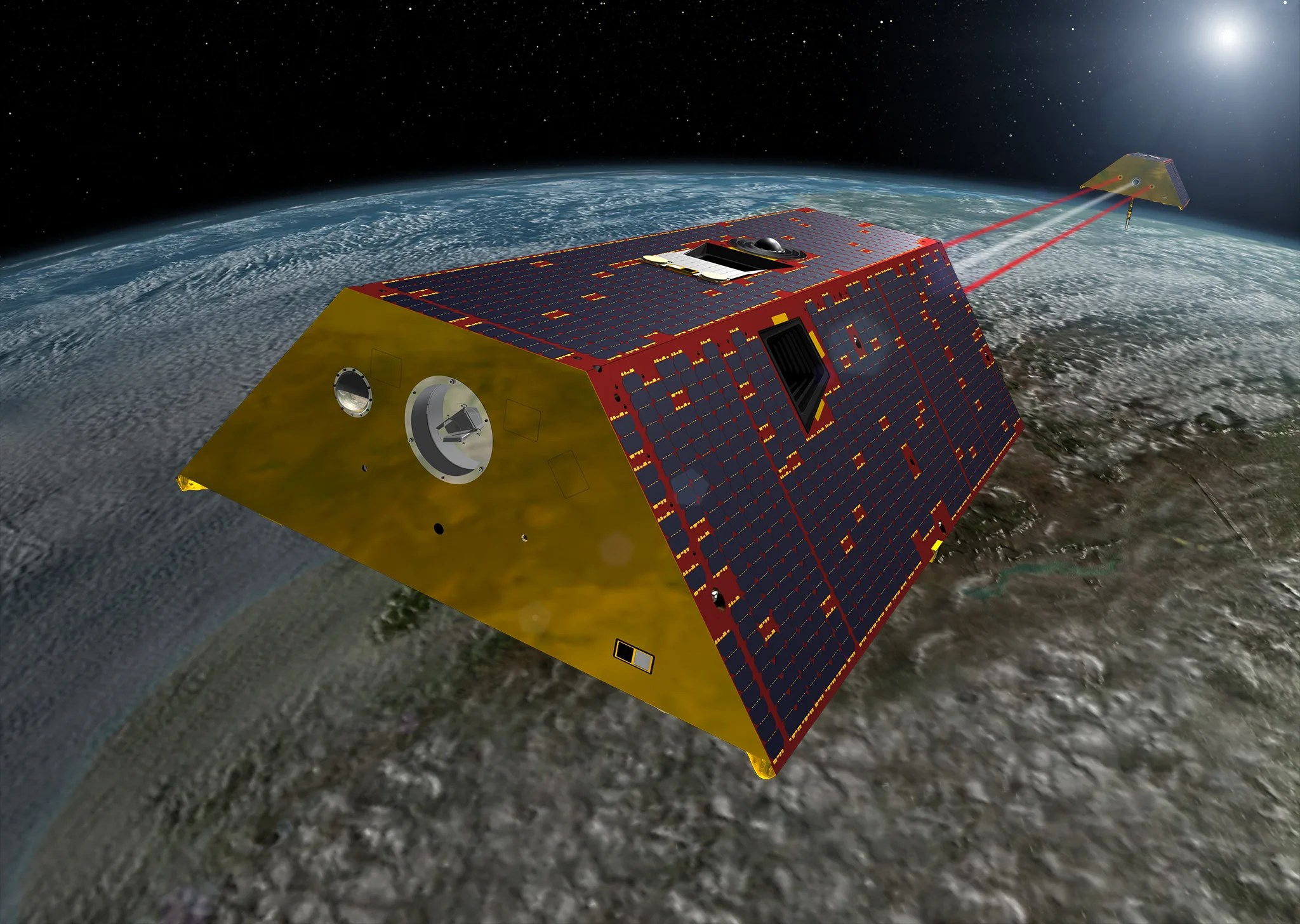Flight Program
The Flight Program team builds and operates the satellite and airborne missions that deliver critical measurements and data to the world’s science community.

Flight mission development ― from advanced concept studies, to flight hardware development, to on-orbit operation ― is managed within the Earth Systematic Missions (ESM) and Earth System Science Pathfinder (ESSP) Programs.
Earth Systematic Missions (ESM) develop satellite missions aimed at understanding Earth’s response to natural and human-induced changes. Set and directed by NASA, these missions have expanded significantly over the past 15 years, providing invaluable insight and climate data records.
Earth System Science Pathfinder (ESSP) competitively selects low- to moderate-cost projects focusing on emerging scientific priorities and measurement capabilities. This includes Earth Venture projects that develop new instruments, conduct airborne and field research, and build satellites for full mission engagements.
Earth Science Airborne Science Program provides manned and unmanned aircraft used in research campaigns to observe Earth’s changes, obtain data for modeling activities, test and refine new instrument technology, and calibrate satellite instruments.
In addition to managing scientific investigations, Flight also oversees a dozen data centers around the country that each day archive 16 terabytes and distribute 32 terabytes of information products. The Earth Observing System Data and Information System (EOSDIS) acquires, preserves and distributes data from spacecraft and field campaigns to support Earth science research worldwide.




